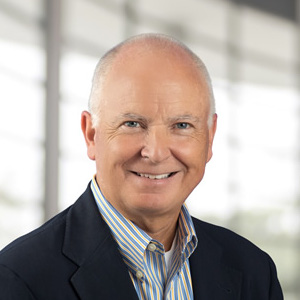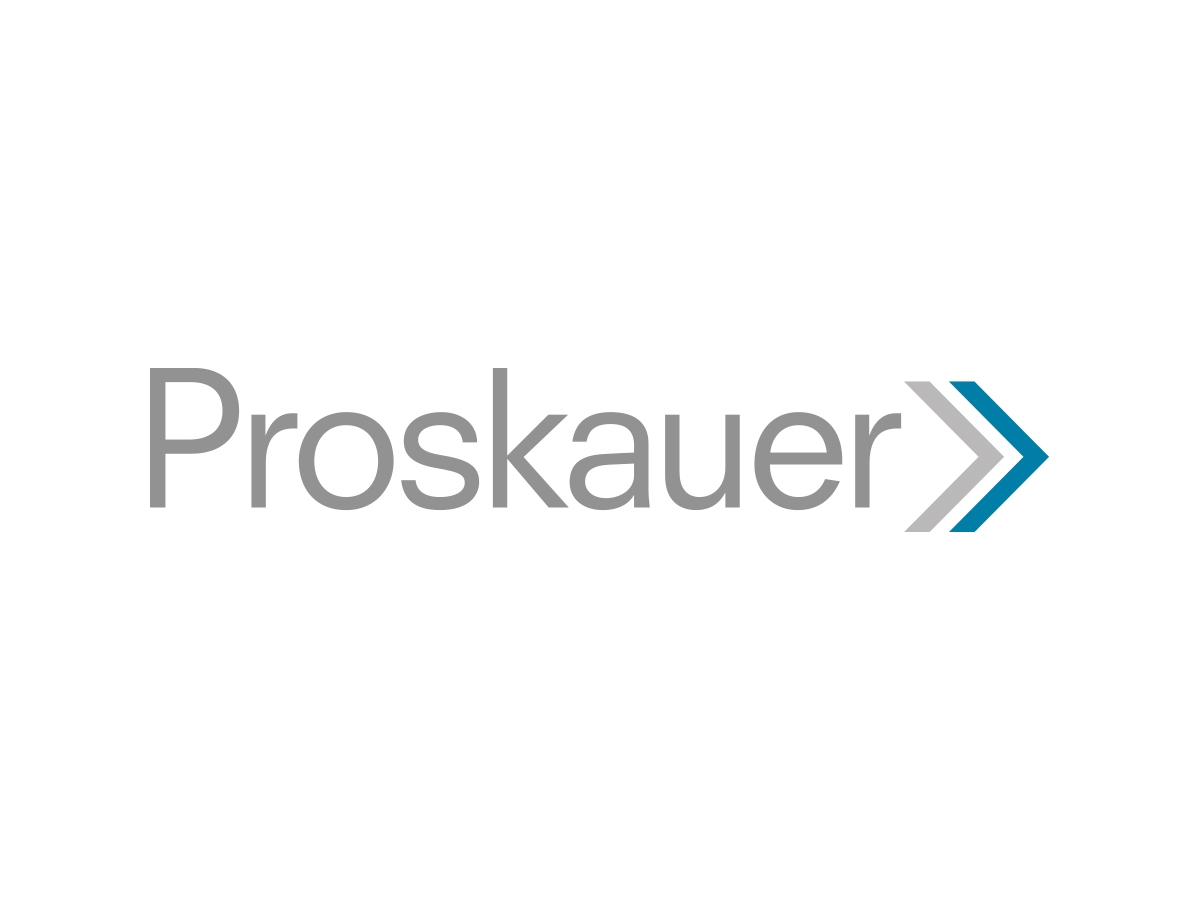A New and Improved and Expanded Patent Bar: It’s About Time
“The more who can contribute to and play a role in [the patent system’s] success, the better. It is something from which all of society can benefit.”
Gene Quinn and I have collectively been teaching patent bar prep for almost 60 years! In that time, we’ve had contact with many career-bound patent people. All had, without exception, a background in the sciences or engineering, or both. The list of qualifications has, over the years, been expanded as technology has expanded. In years gone by, degrees in Biology and Computer Science would not have qualified you to sit for the U.S. Patent and Trademark Office (USPTO) Registration Exam, but now they do, along with many other intersectional STEM qualifications, including, for the first time, advanced degrees in these disciplines. Good, I say. The more the merrier.
You may reasonably conclude that, inasmuch as I teach the leading patent bar review course, I have self-interest at stake to witness and support the expanding base of those who could sit for the exam. I suppose, in truth, there is a little bit of that going on, but the greater influence is that I am a believer in what the patent system hath wrought historically and what it is capable of creating in a future where it is working properly. In that regard, the more who can contribute to and play a role in its success the better. It is something from which all of society can benefit.
Mind the Gap
A gap in the foregoing base of preparation, however, has been evident for some time. In the rest of the world, Industrial Designs are often treated more like art than a creation of scientific endeavor. There is typically no examination, as we have here, for novelty and obviousness; rather, as long as there is no cultural offense, a design is typically registered. You need only identify an owner or creator. Here in the United States, in contrast, there is a full “patent” examination of designs, along with all of the rules and procedure that such an examination entails. We can discuss the merits of such an examination at another time, but know that it exists, and it is not going away anytime soon.
So, who does the examination? Well, design examiners provide this function. Where do they come from, what qualifications have they had, and how have they fared? If you have been paying attention to the hiring practices at the USPTO, as they have ramped up their design examination capacity in recent years and they have listed various creative and artistic training as qualification for design examination. I know this because I watch such things. I have also interviewed many a design case over the years and have come to know several examiners who do this work. Having started as an examiner myself, I always am curious about what decisions led to them working at the USPTO. It is not typically at the top of anyone’s list of employment opportunities, being almost unknown in many circles, especially for those from the “arts”. Well, they are here, have been for years, and are doing well. So why is there no corresponding echo in the registered practitioner pool? This echo has occurred in, literally, every other technology as it has been added to the expanding base of technology that is subject to creation/modification by the “hand of man” and thus patentable. But not in designs.
This a curious gap, and one that is soon going to be filled. The USPTO has been at work with proposed rules and comments and so forth to further expand the base of those who can become registered by adding industrial design, product design, architecture, applied arts, graphic design, fine/studio arts, or art teacher education as automatically qualifying degree(s) under Category A. Exam candidates who qualify under this standard would have a limited admission to practice in the design field. This is not unlike me, for example, who has a limited admission in Virginia for purposes of IP. It works for those of us who have it.
Welcome!
How many will step up with these qualifications? That is hard to predict, but we’ll shall see. Life sciences, as they exist today, did not exist when I entered the patent world as an examiner immediately post Chakrabarty, but by now, perhaps 20% of those taking the USPTO registration exam have life science as a background. So, I would expect in the years to come, as designs expand as useful IP protection, and they should (now over 1 million and counting), we will see more and more people arrive to take the exam and pursue this as a career with an art or creative background.
To them, my message is this: welcome aboard to an exciting and fulfilling career! And, have fun.
Image Source: Deposit Photos
Author: Rawpixel
Image ID: 63081591
John White
Recognized as one of the top patent educators in the United States, John has over 38 years of experience in all phases of the patent field. At Harness IP, John […see more]






